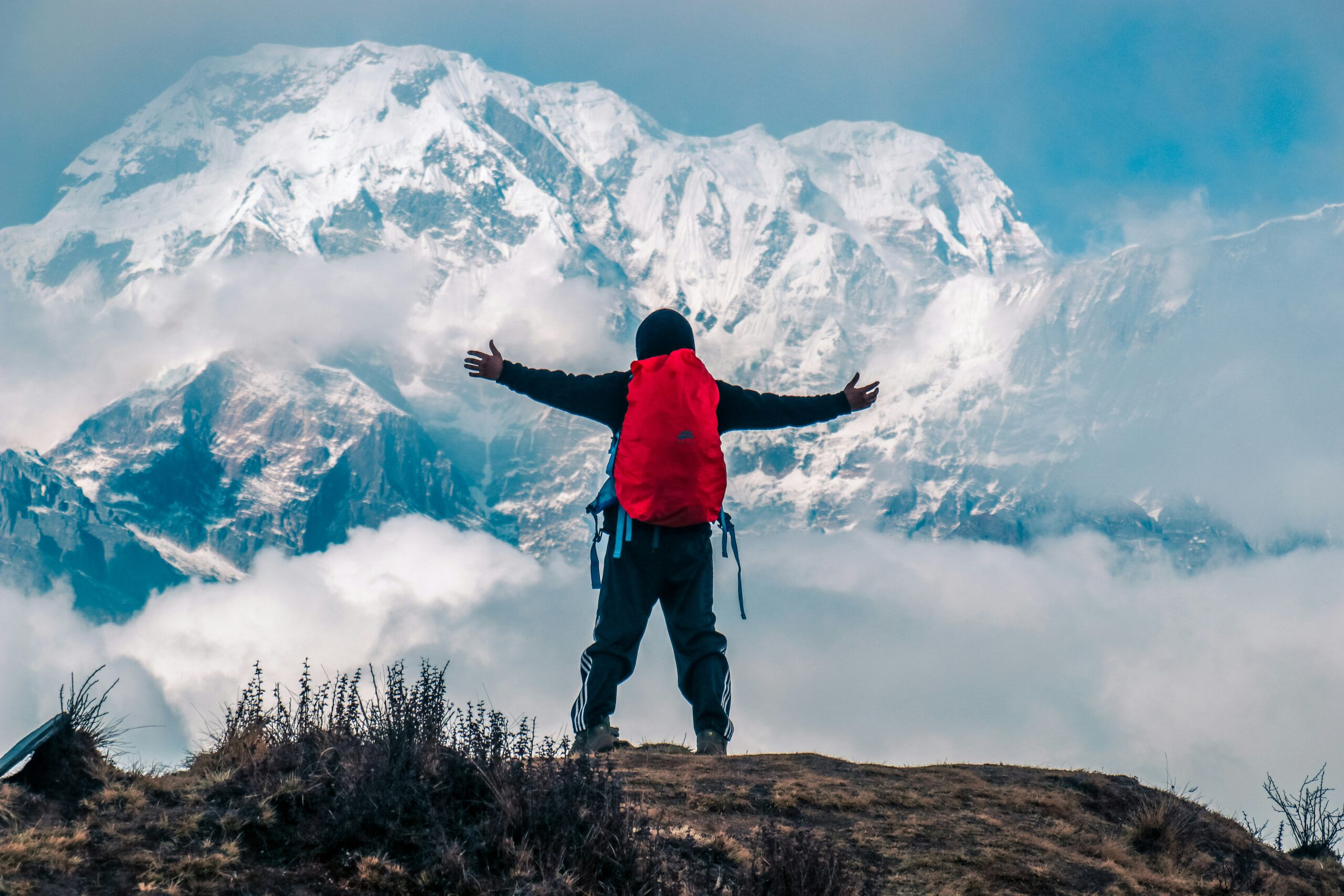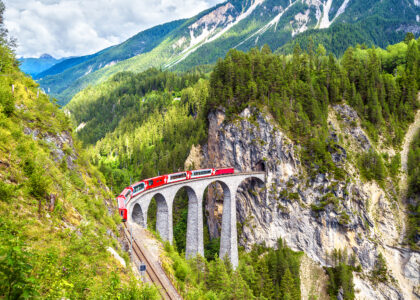Introduction to Trekking and Climbing
Trekking and climbing offer some of the most exhilarating experiences nature has to offer. Picture yourself standing atop a majestic peak, breathing in the crisp mountain air as you take in sweeping views of the landscape below. However, these adventures require more than just enthusiasm and determination; they demand physical preparation.
Whether you’re planning a weekend hike or an ambitious summit attempt, getting your body ready is crucial for success. Proper fitness not only enhances your performance but also ensures that you stay safe and enjoy every moment of your journey into the wilderness. So, are you ready to prepare yourself for that long trek or climb? Let’s explore how to get in shape and make those breathtaking experiences possible!
Benefits of Physical Preparation
Preparing physically for a long trek or climb offers numerous advantages that can significantly enhance your experience. First and foremost, it boosts your stamina, allowing you to cover greater distances without fatigue. This means you can enjoy the journey rather than merely enduring it.
Physical preparation also reduces the risk of injuries. Strengthening muscles and joints provides better support during challenging terrains. You’ll feel more resilient as you navigate steep ascents or rocky paths.
Moreover, being in shape improves your mood and mental clarity. A well-conditioned body translates into a sharper mind, enabling you to tackle obstacles with confidence.
Additionally, physical fitness fosters social bonding when trekking with others; shared challenges create camaraderie among adventurers.
The sense of accomplishment from training hard lays a solid foundation for personal growth—mentally and emotionally—as you conquer each new challenge along the way.
The Importance of Cardiovascular Fitness
Cardiovascular fitness is a crucial component when preparing for any long trek or climb. It directly impacts your stamina and endurance levels, allowing you to sustain effort over extended periods.
Engaging in regular aerobic activities like running, cycling, or swimming can elevate your heart rate and strengthen your lungs. This enhances circulation and oxygen delivery throughout the body.
When tackling steep trails or rugged terrains, a strong cardiovascular system helps manage fatigue effectively. You’ll find that it becomes easier to maintain a steady pace without feeling winded.
Moreover, improved cardiovascular health reduces the risk of potential injuries. A well-conditioned heart can better support muscle function during strenuous hikes while minimizing stress on joints.
Investing time into building this aspect of fitness will pay dividends when you’re out in nature, ready to conquer mountains or savor breathtaking views from high altitudes.
Building Strength and Endurance for Treks and Climbs
To prepare for a long trek or climb, building strength and endurance is crucial. Focus on full-body workouts that engage multiple muscle groups. Exercises like squats, lunges, and push-ups can enhance your overall strength.
Incorporate resistance training into your routine at least twice a week. This will improve muscle tone and help prevent fatigue during demanding hikes. Don’t forget about core exercises; a strong core stabilizes your body as you navigate rugged terrain.
Cardio workouts are essential too. Activities such as running, cycling, or swimming boost your stamina. Aim for longer sessions to mimic the duration of your trek or climb.
Consider interval training to increase both power and recovery speed. Short bursts of high-intensity effort followed by rest can significantly elevate fitness levels.
Prioritize flexibility with regular stretching routines to enhance mobility and reduce injury risk while out on the trail.
Proper Nutrition for Preparing Your Body
Proper nutrition is crucial for anyone looking to prepare their body for a long trek or climb. Fueling your body with the right foods can make all the difference in performance and recovery.
Focus on whole, nutrient-dense foods. Incorporate plenty of fruits, vegetables, lean proteins, and healthy fats into your meals. These provide essential vitamins and minerals that support energy levels.
Carbohydrates are particularly important as they serve as the primary fuel source during physical activities. Opt for complex carbs like whole grains, beans, and sweet potatoes to sustain energy over time.
Hydration cannot be overlooked either. Drinking enough water before, during, and after your training sessions helps maintain peak performance while preventing fatigue.
Consider timing your meals around workouts too; eating a balanced meal or snack two hours prior will ensure you have sustained energy when hitting the trails.
Mental Preparation for Long Treks and Climbs
Mental preparation is just as vital as physical training when gearing up for a long trek or climb. It’s about developing resilience and focus.
Visualize your journey ahead. Picture the landscapes, challenges, and successes you’ll encounter. This mental imagery can boost your confidence and reduce anxiety.
Set realistic goals throughout your adventure. Break down the trek into manageable sections to keep yourself motivated. Celebrate small victories along the way.
Practice mindfulness techniques like deep breathing or meditation to enhance concentration during challenging moments. Staying calm helps you make better decisions in tough situations.
Surround yourself with positive affirmations—remind yourself of past achievements and strengths that have brought you this far. The right mindset can transform obstacles into opportunities for growth while on the trail.
Essential Gear for a Successful Trek or Climb
Choosing the right gear can make or break your trek. Start with a sturdy pair of hiking boots. They should fit well and provide ample support for long hours on varied terrain.
Next, don’t overlook clothing layers. Moisture-wicking fabrics keep you dry, while insulating layers help retain warmth. A waterproof jacket is essential to protect against unpredictable weather.
A reliable backpack is crucial too. It should be comfortable and spacious enough to carry all your necessities without weighing you down.
Don’t forget about hydration systems or water bottles; staying hydrated is vital when you’re on the move.
Pack a first aid kit that includes essentials like band-aids, pain relievers, and blister treatments. Being prepared can save you from small setbacks turning into major issues on your adventure.
Tips for Staying Safe and Injury-Free
Staying safe on a long trek or climb is crucial. Start by knowing your route and checking the weather conditions. Sudden changes can impact your safety significantly.
Always carry a first aid kit. It should be stocked with essentials like band-aids, antiseptic wipes, and pain relievers. Familiarize yourself with basic first aid techniques beforehand.
Pacing yourself helps prevent exhaustion and injuries. Listen to your body; if you feel tired, take breaks often. Hydration is just as important—drink water regularly to maintain energy levels.
Wear appropriate footwear that provides good support and traction. Blisters can ruin any adventure fast!
Don’t trek alone when possible. Having a buddy system enhances safety through shared awareness of surroundings and potential hazards.
Conclusion
Preparing yourself physically for a long trek or climb is an essential step toward ensuring both safety and enjoyment during your adventure. By focusing on cardiovascular fitness, building strength, and honing endurance, you set a strong foundation to tackle the challenges ahead. Proper nutrition fuels your body, while mental preparation equips you to face any obstacles with confidence.
Equipping yourself with the right gear helps in navigating various terrains smoothly. Prioritizing safety measures ensures that every step taken is secure and mindful of potential risks.
Embrace this journey not just as a physical challenge but as an opportunity for personal growth and connection with nature. As you lace up your hiking boots or strap on your climbing harness, remember that committing to prepare effectively can turn a daunting task into an exhilarating experience filled with discovery and achievement. The mountains await—you’re ready to answer the call!














